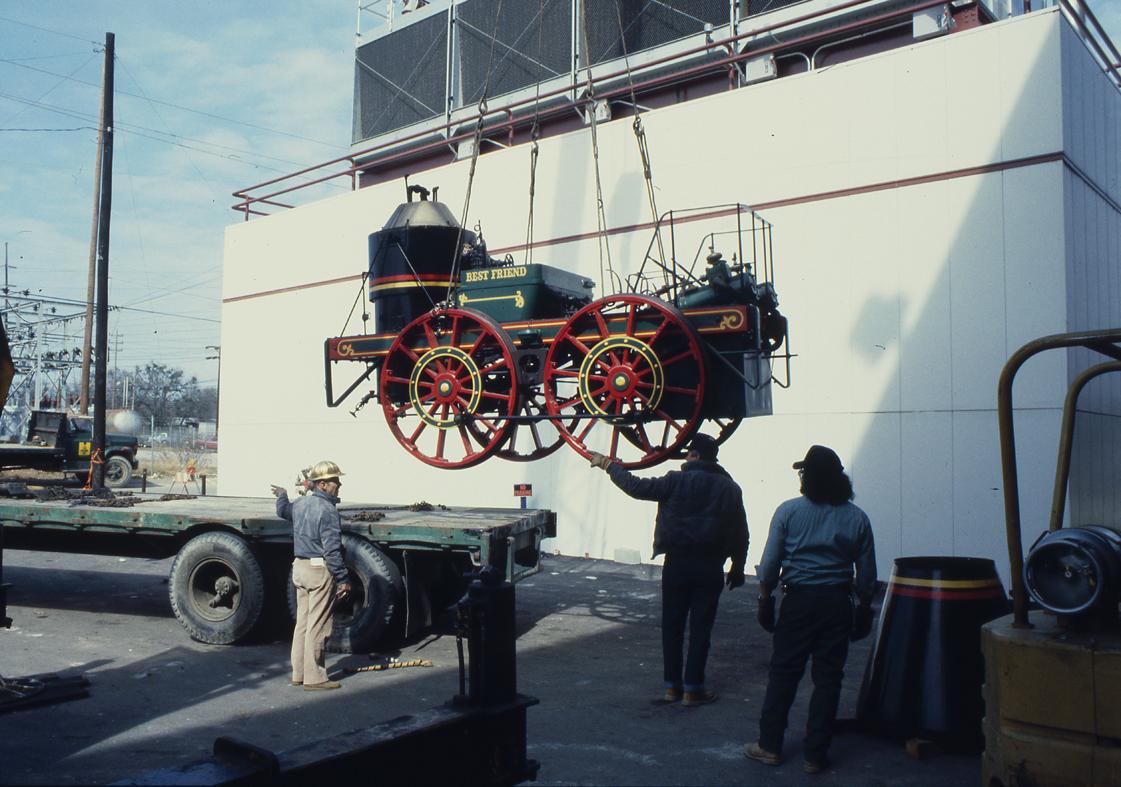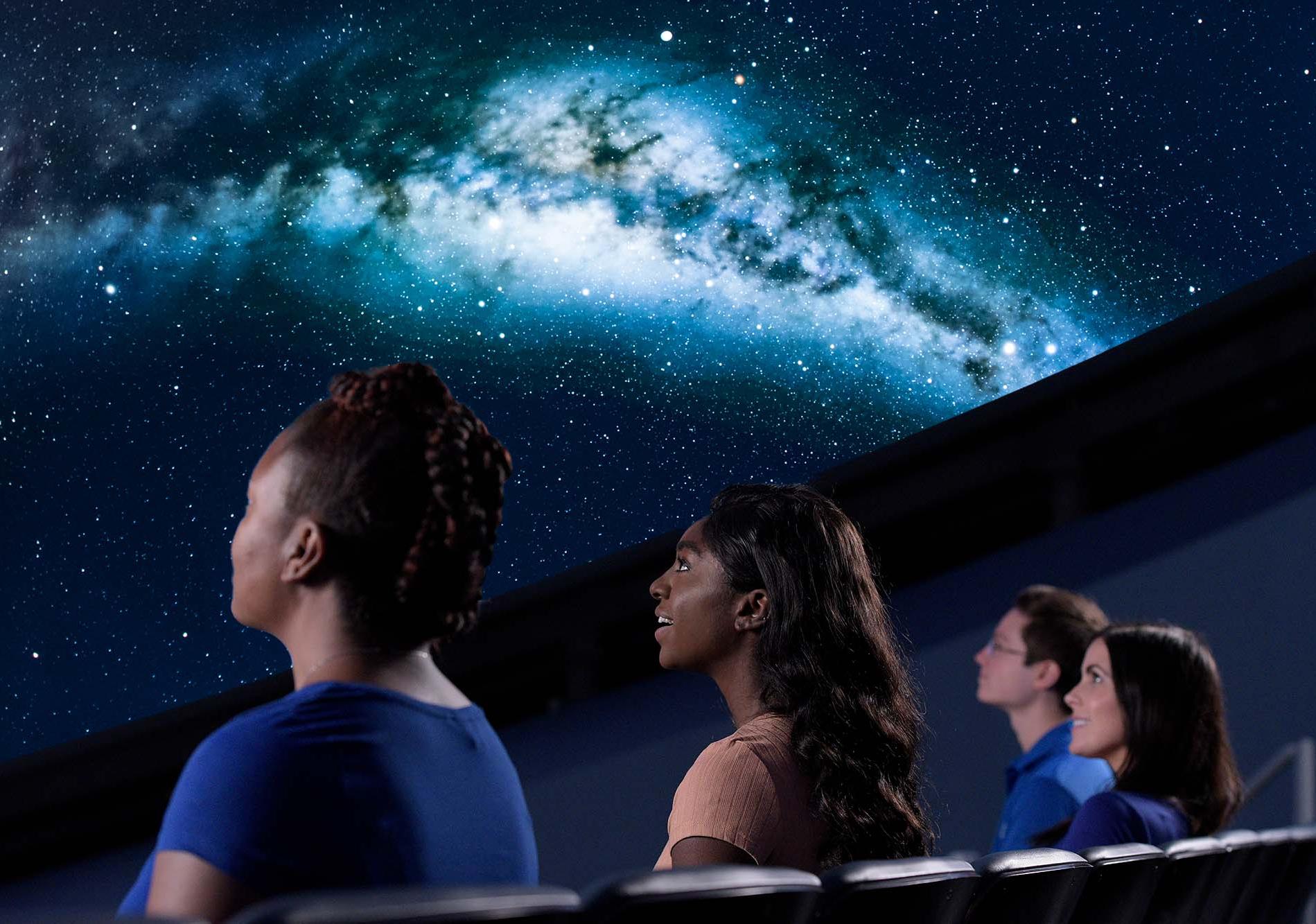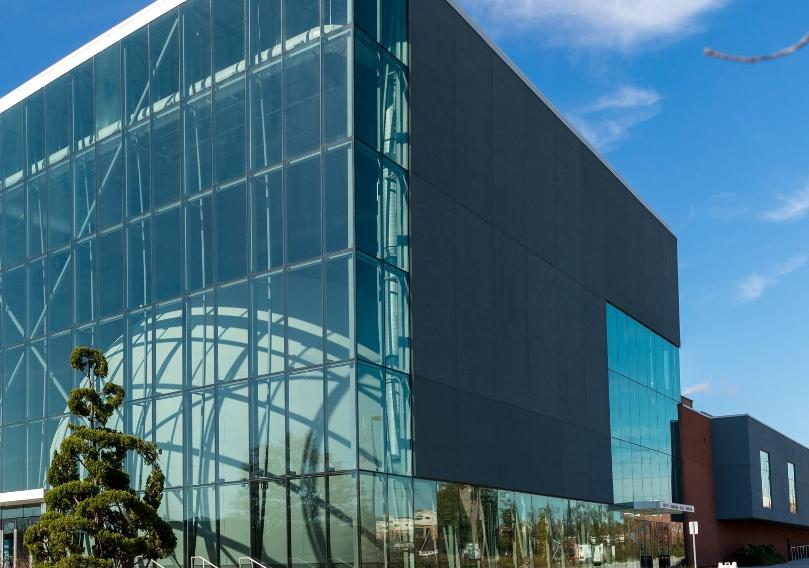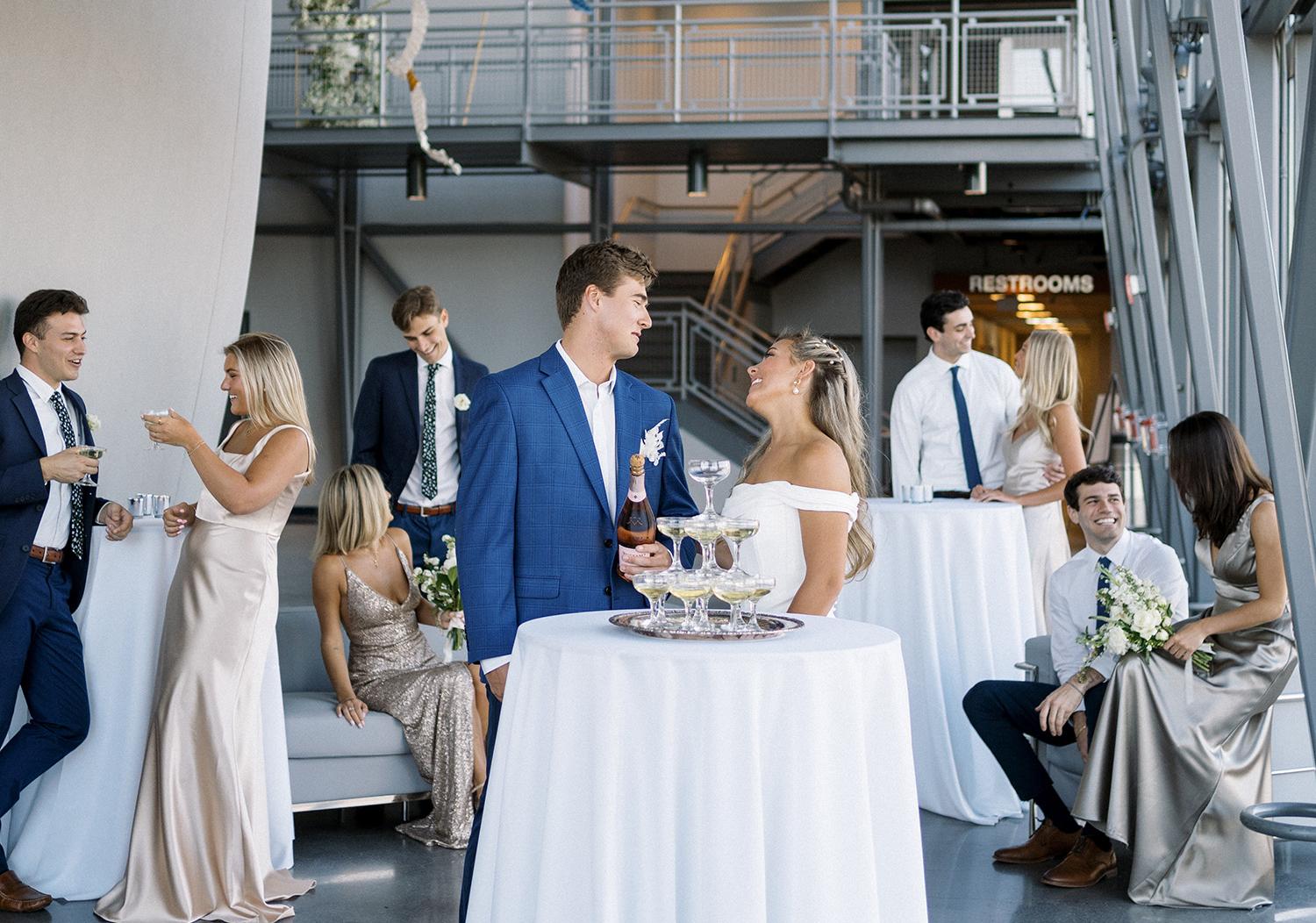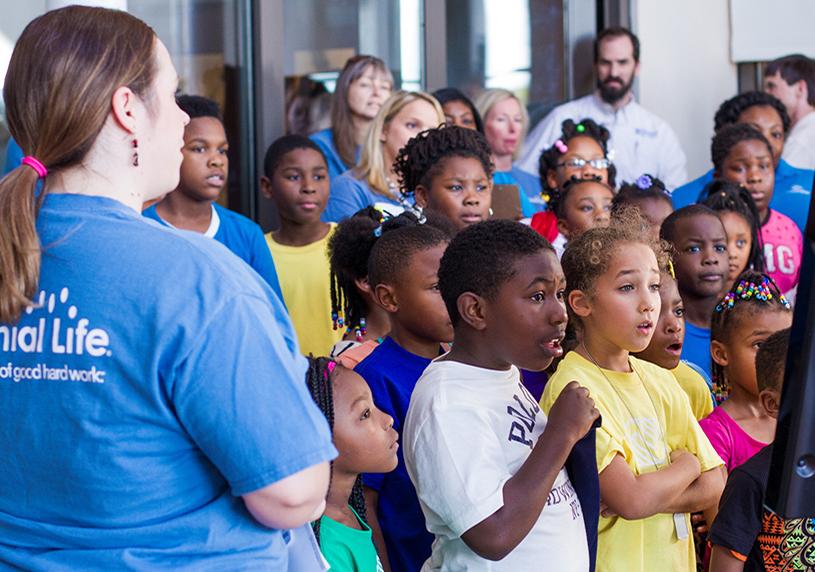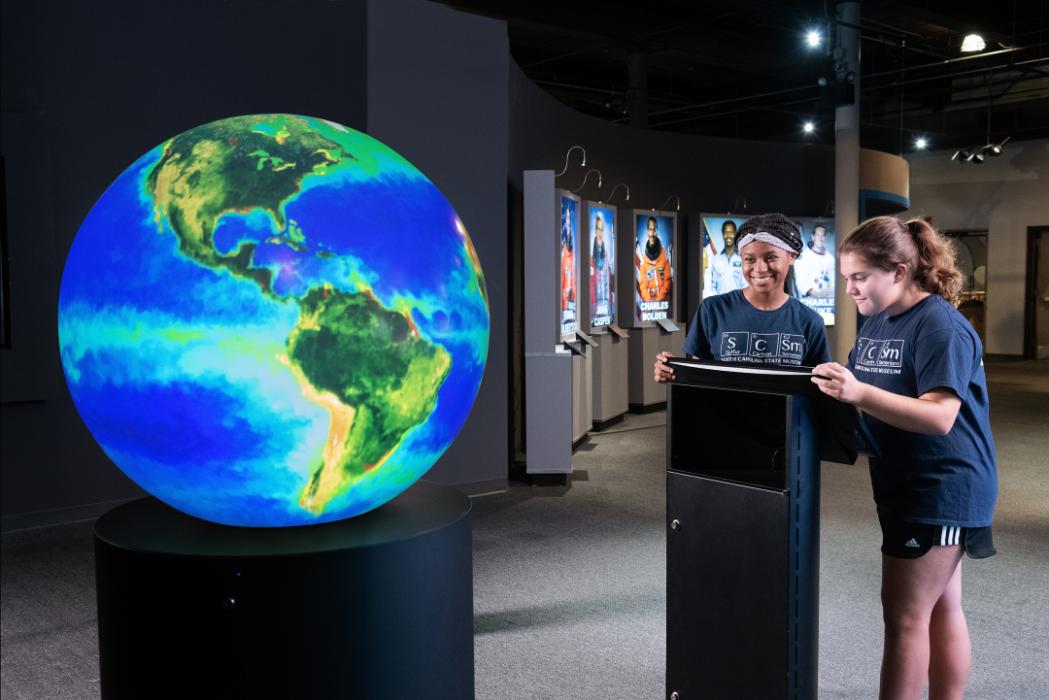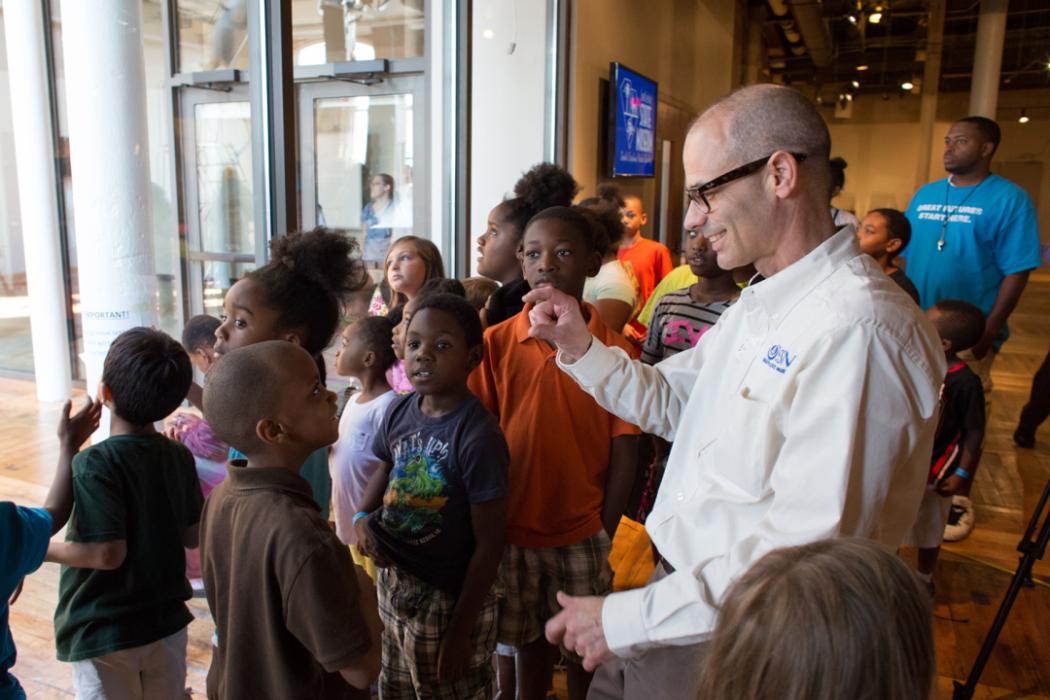
The Burning of Columbia
This video focuses on Columbia's darkest days during the Civil War, the burning of the city and the aftermath that followed. Hear about this major event in our state's history from and excellent primary source - Emma LeConte, a 14-year-old girl who lived in the city during the burning - and take a look at real photographs and art made about the burning.
Welcome to the South Carolina State Museum Civil War exhibit. My name is Hayden Blakeney, I'm an Education Assistant here at the South Carolina State Museum. And we're going to talk about the burning of Columbia. It was over 150 years ago that Sherman's army occupied the capital city of the state where secession began. Following a brief battle at Congaree Creek, which is in modern day Cayce, the Confederate army retreated into Columbia and burned the last bridge over the Congaree river. Sherman's army was forced to cross the Saluda and Broad rivers and came into the city from the north. The residents of the city quaked in fear knowing the fate of Atlanta just a few months prior. While Sherman did order that all items of military value be destroyed, such as factories or bales of cotton, the situation would develop out of his control on the evening of February 17, 1865. The large amount of liquor left behind in the city also contributed to the mayhem. Buildings burned included the old South Carolina State House, the city jail, multiple homes of prominent slave owners, and other buildings. By the end of the burning, over third of the city was destroyed. Emma LeConte, who was 14 years old at the time, wrote a journal entry that night that is still a major source of the event for historians.
She wrote: "imagine night turned into noonday, only with a blazing scorching glare that was horrible. A copper-colored sky across which wept columns of black rolling smoke glittering with sparks and flying embers while all around us were falling thickly showers of burning flakes. Everywhere the palpitating blaze walled the streets with a solid masses of flames as far as the eye could reach, filling the air with its horrible roar. On every side the crackling and devouring fire while every instant came from the crashing of timbers and the thunder of fallen buildings."
So behind me here in the exhibit you can actually see a photograph of the devastation of Columbia shortly after the burning. This is a photo taken from the state house steps which you can actually see today if you go to the South Carolina State House. This photo really captures the devastation that engulfed the city on the night of February 17, 1865. You can see the main street commercial district, how many of the buildings are charred, completely burnt out, or even collapsed.
We hope you enjoyed this very brief look into Columbia's darkest days during the Civil War. Thanks for watching, and we hope to see you soon at the South Carolina State Museum.
